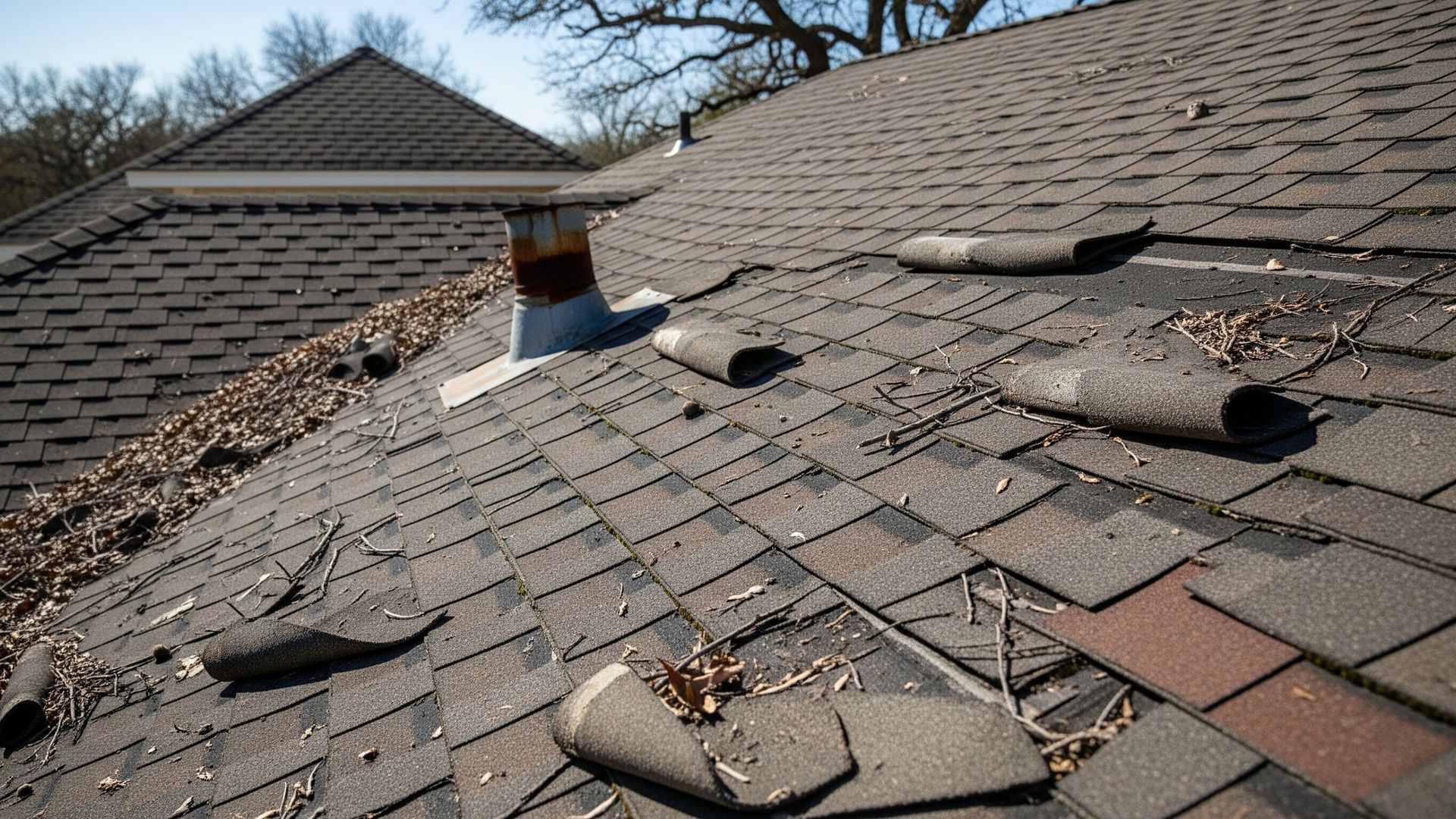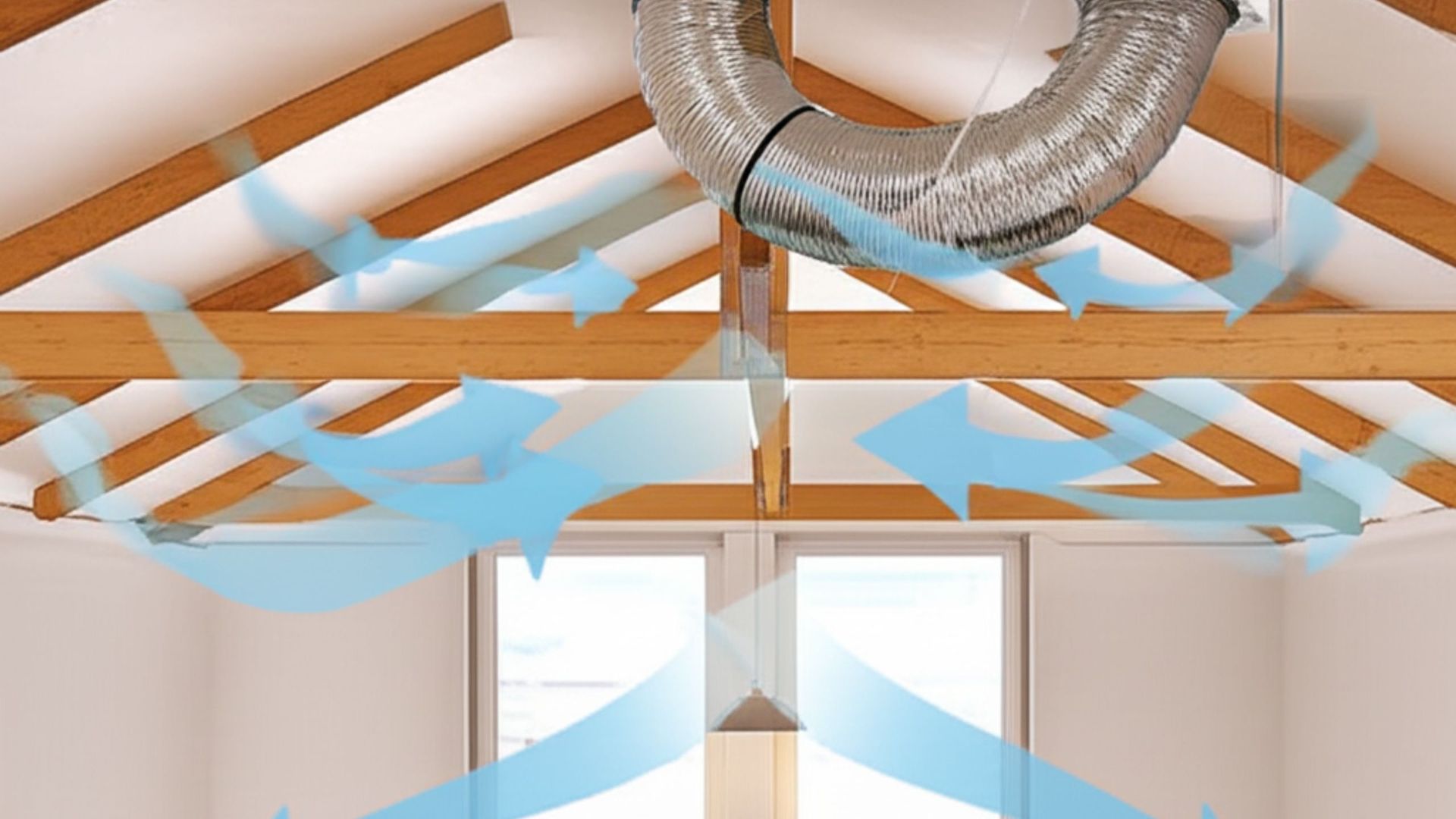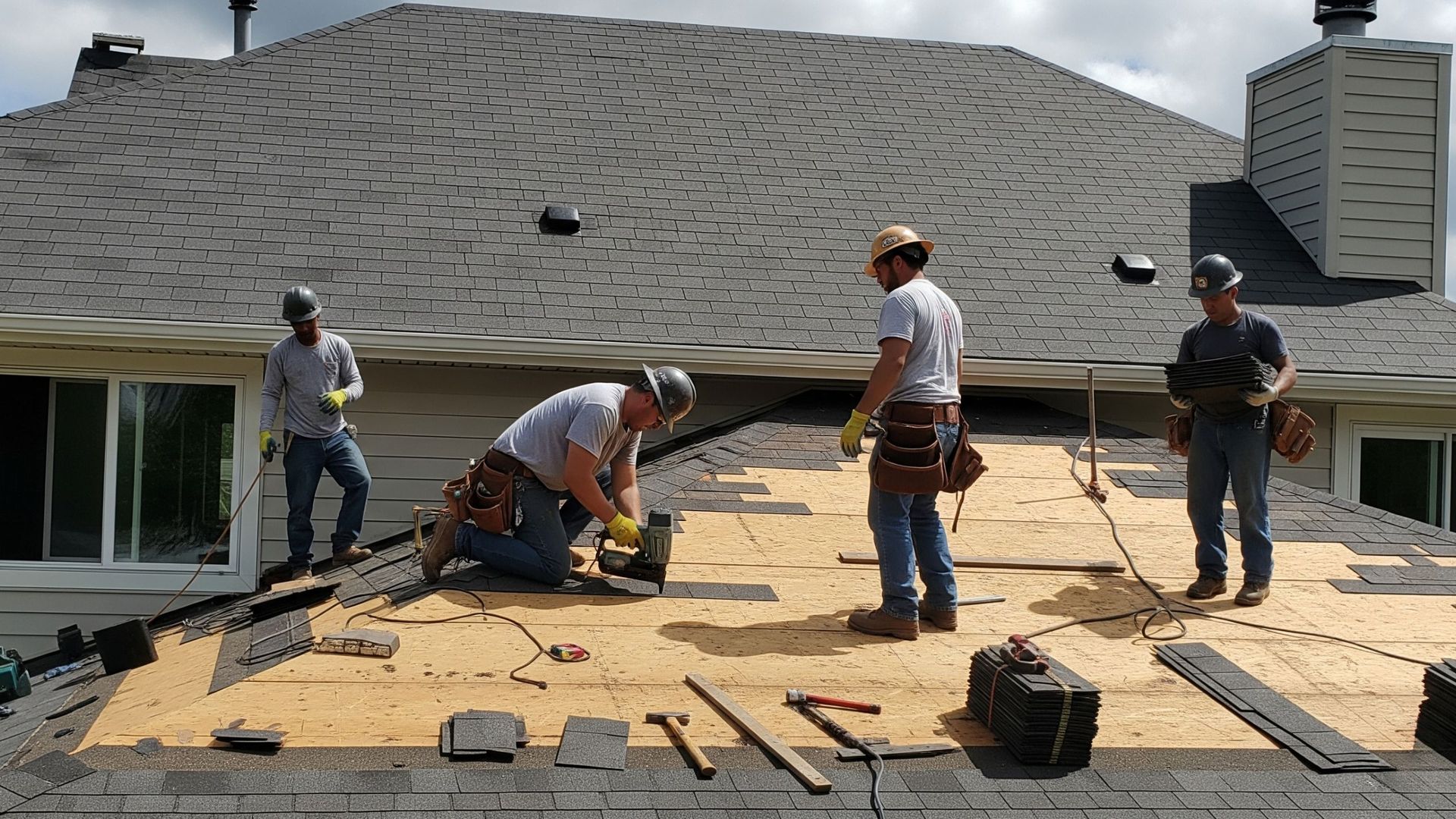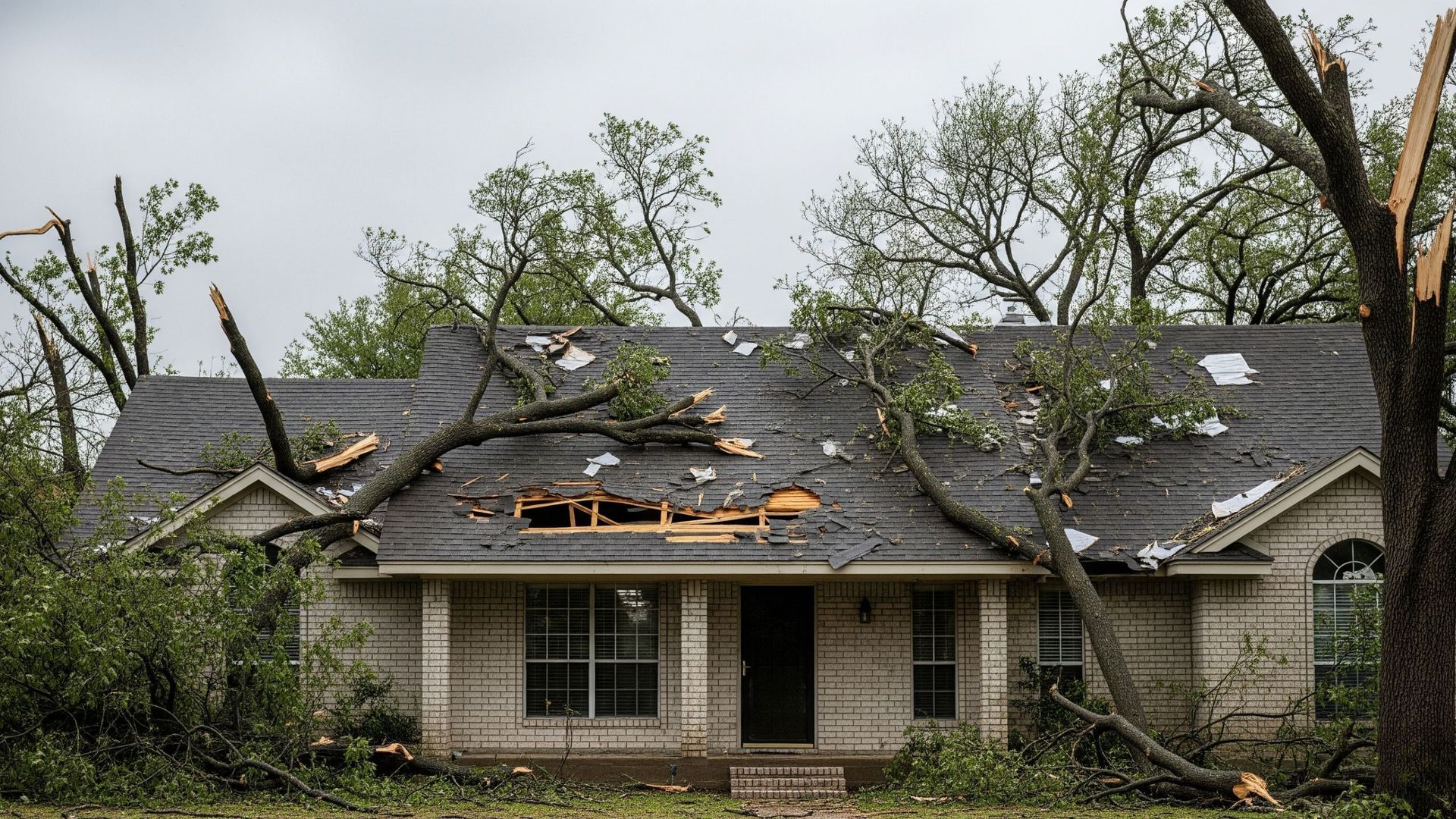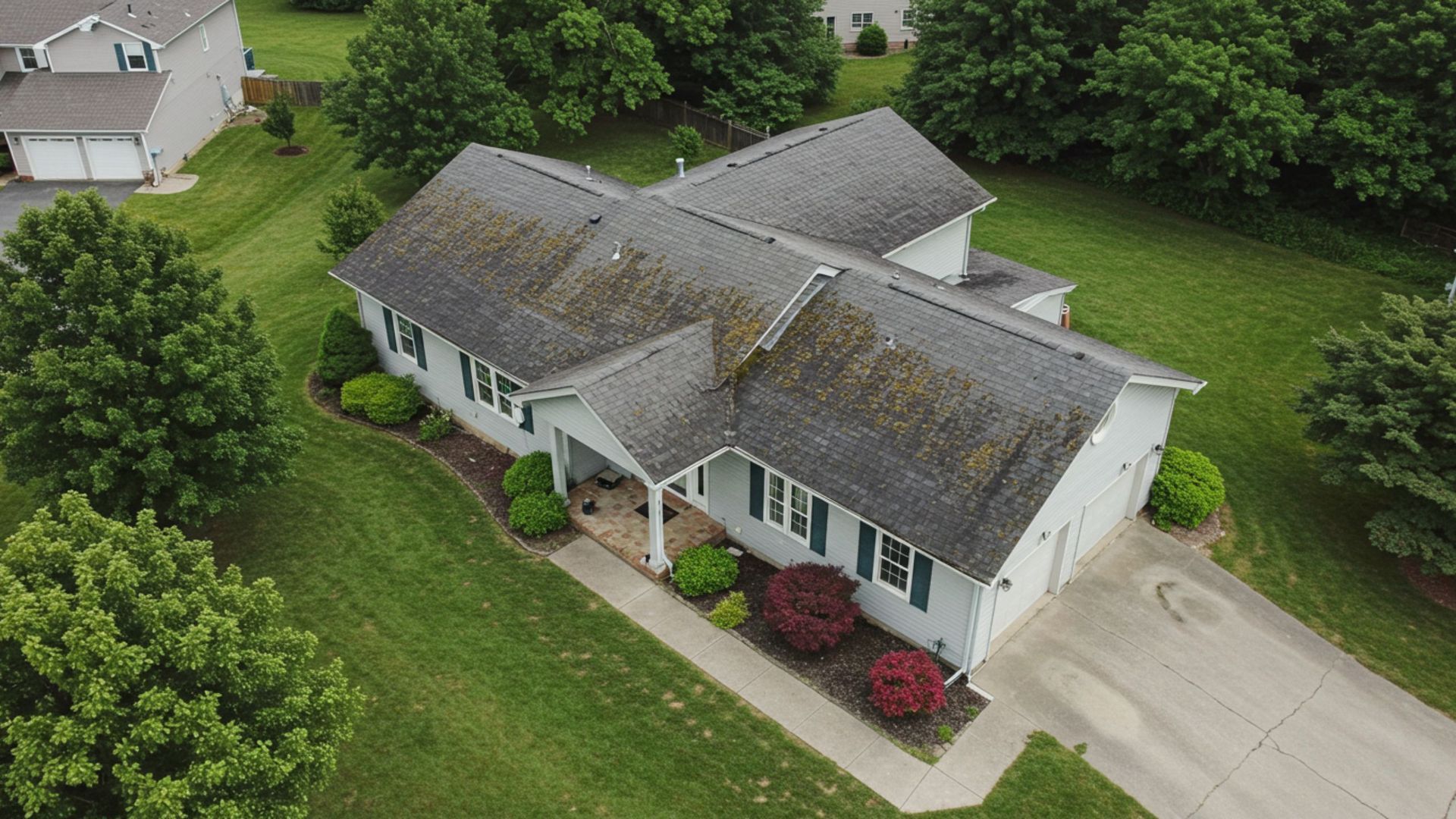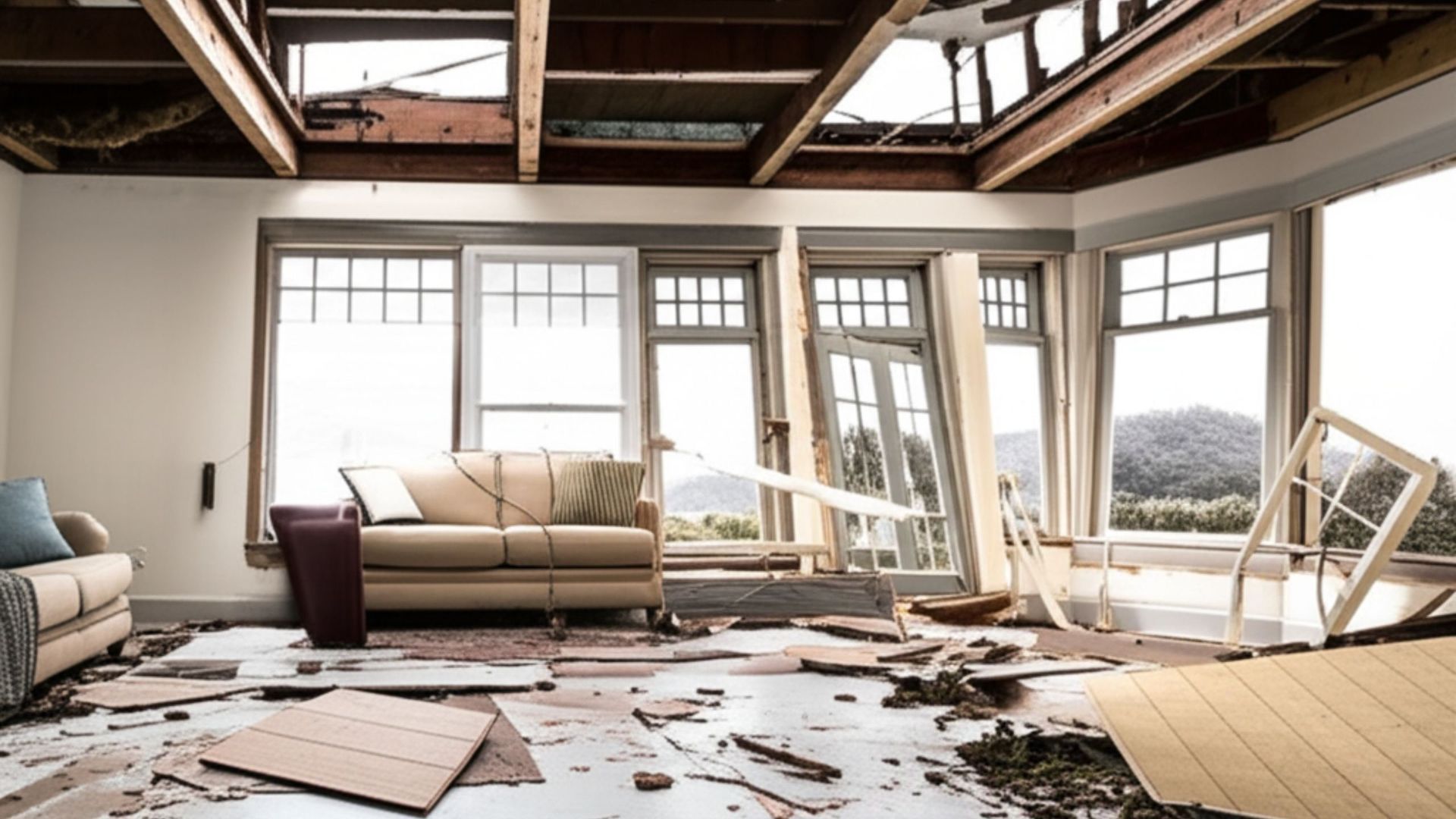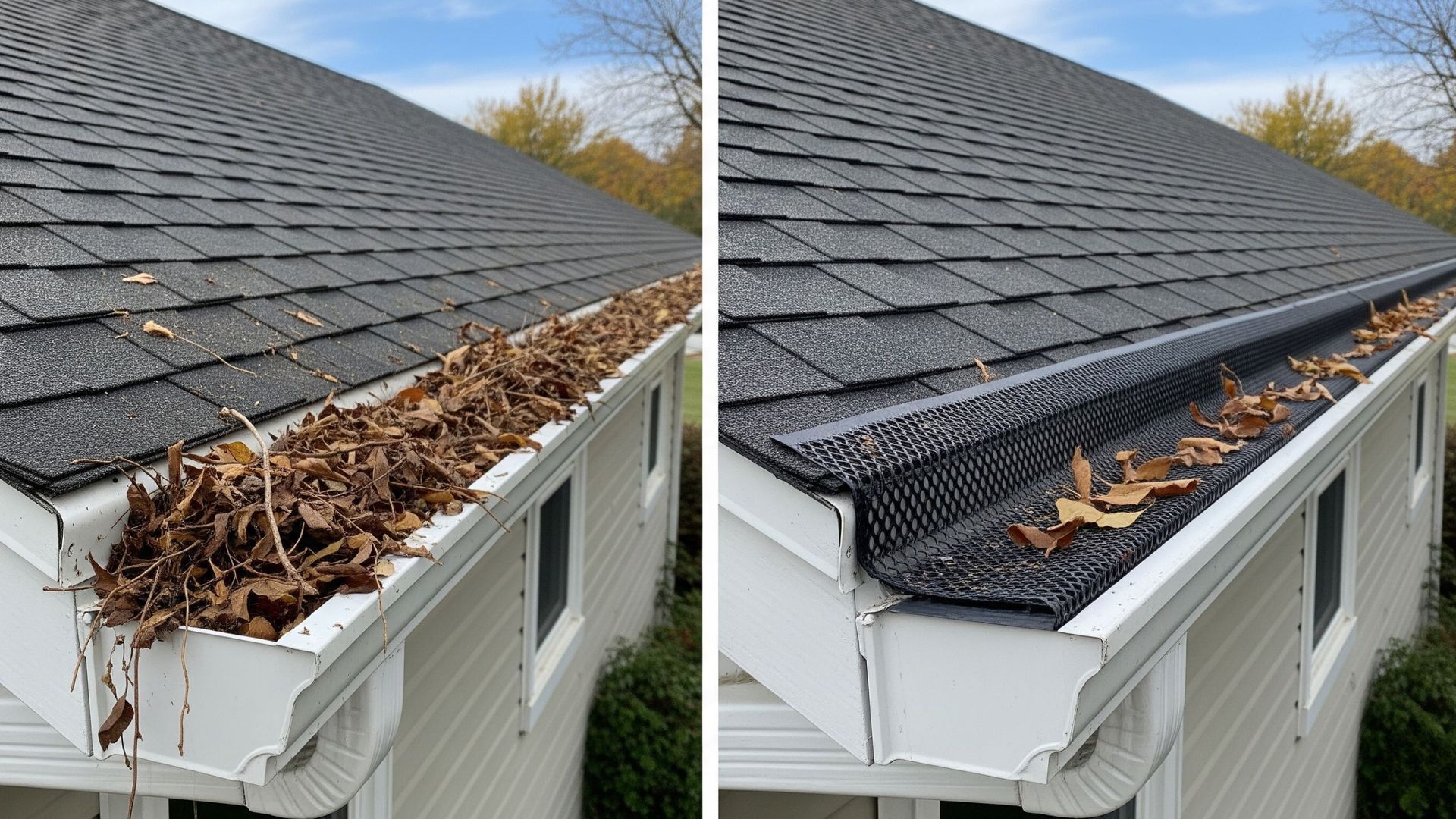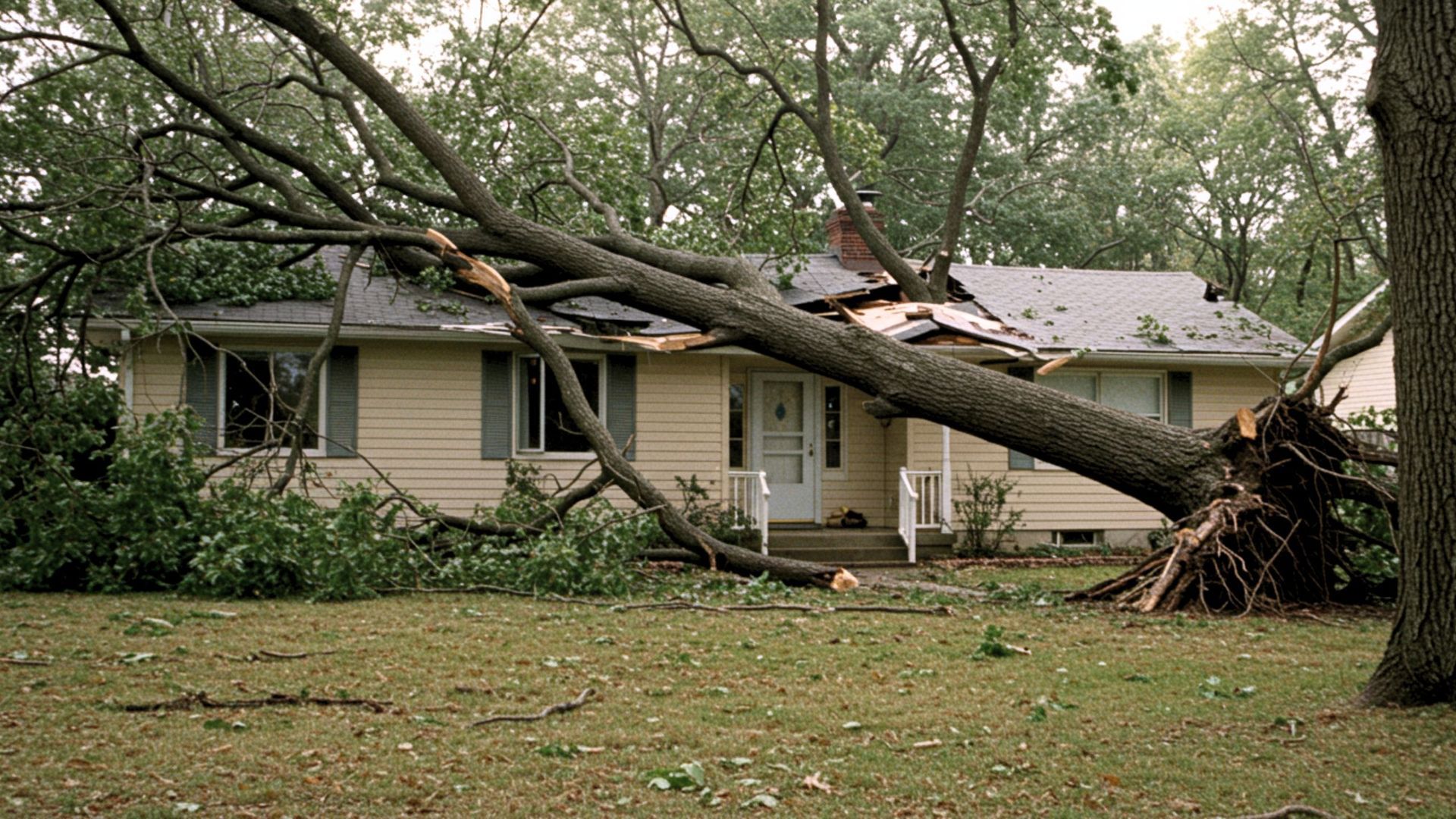Roof Repair vs. Roof Replacement: Which is Right for You?
When it comes to maintaining your home, your roof plays a crucial role in keeping you and your family safe from the elements. However, as your roof ages or faces damage from storms, heavy rain, or other natural factors, you may find yourself wondering if a repair will be enough or if a full replacement is necessary.
In this article, we’ll explore the factors to consider when deciding between roof repair and replacement to help you make the best decision for your home.
Factors to Consider When Deciding on Roof Repair
Roof repairs are a great option if the damage to your roof is minimal or isolated to a specific area. Repairing the roof can be a quick, effective, and affordable solution to restore its function. Here are some signs that a roof repair may be sufficient:
1. Minor Damage:
If your roof has only minor damage, such as a few missing or cracked shingles, a repair can usually solve the issue without needing a full replacement. Small leaks, minor flashing issues, and localized damage are often straightforward and inexpensive to fix.
2. Recent Roof Installation:
If your roof is relatively new (less than 10 years old), repairing it makes more sense than a full replacement. Modern roofing materials are designed to last for decades, so if you’re seeing minor issues on a younger roof, it’s likely a repair will keep it in good condition for years to come.
3. Budget Considerations:
Roof repairs are generally less expensive than full replacements. If you’re facing budget constraints, repairing specific issues can buy you more time until you’re financially ready for a full roof replacement. However, keep in mind that frequent repairs can add up, so consider the long-term cost-effectiveness.
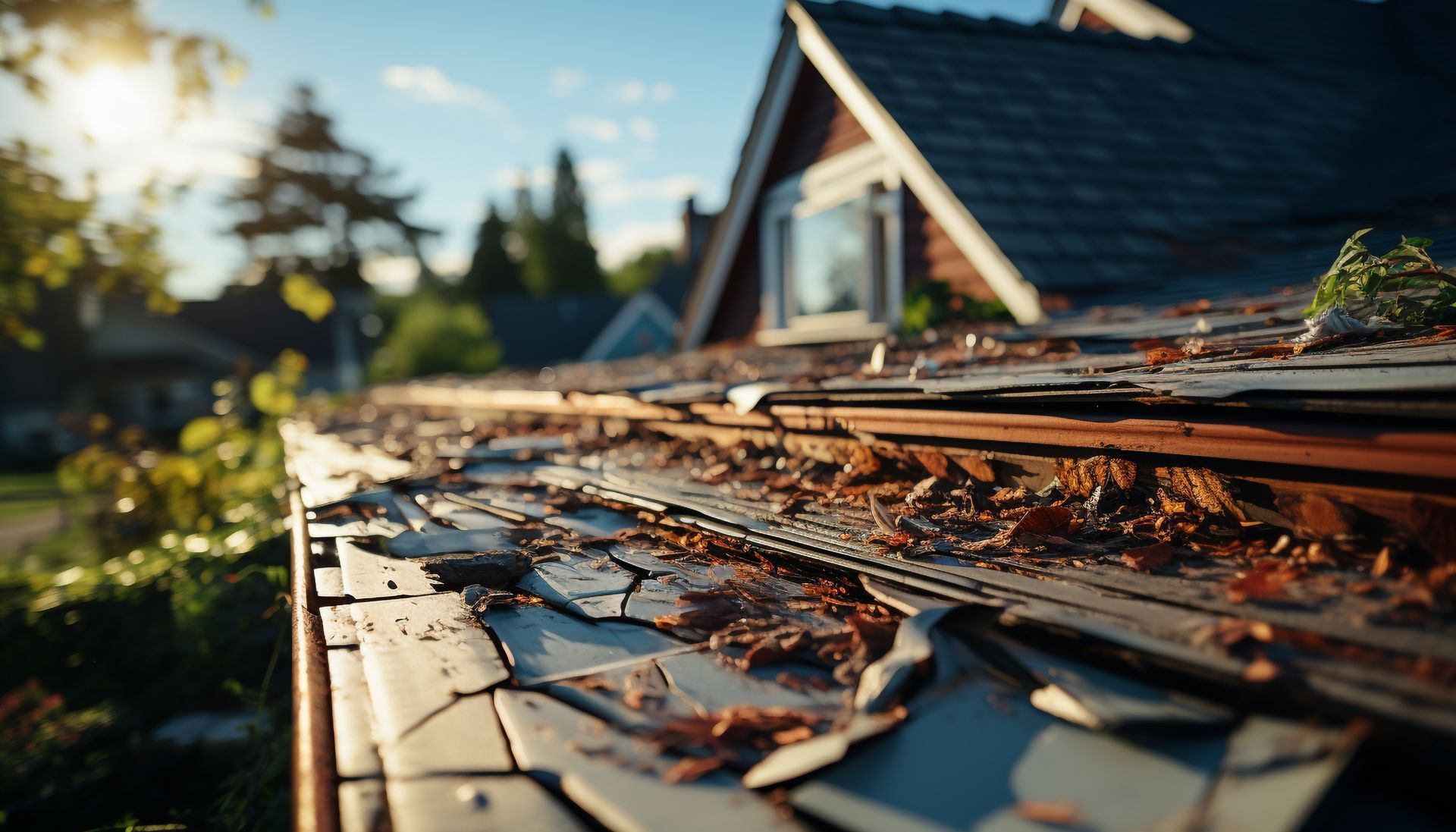
When to Consider a Roof Replacement
While repairs can often solve specific problems, there are situations where a full roof replacement is the more practical and cost-effective choice. Here’s when you might want to consider a replacement instead of a repair:
1. Extensive Damage:
If your roof has widespread damage, such as missing shingles across large areas, severe water damage, or visible sagging, a replacement is likely the best option. Attempting to repair a heavily damaged roof may only serve as a temporary fix, while a replacement ensures the entire structure is solid and resilient.
2. Aging Roof:
Asphalt shingle roofs, the most common type in Texas, generally last 20-25 years. If your roof is approaching this age or is already older, a replacement is often the more sensible choice. Aging roofs are more susceptible to leaks, granule loss, and structural issues that can be costly to repair repeatedly.
3. Cost-Effectiveness in the Long Run:
While a roof replacement has a higher upfront cost, it may save you money in the long run by reducing the need for frequent repairs. A new roof can also increase the value of your home, improve energy efficiency, and enhance curb appeal, making it a worthwhile investment if you plan to stay in your home for many years.
Check for Adequate Attic Ventilation and Insulation
Proper attic ventilation and insulation play a critical role in protecting your roof during a hailstorm. Adequate ventilation helps regulate temperature and moisture levels in the attic, preventing heat and moisture buildup that can weaken your roof structure over time.
Consider Impact-Resistant Roofing Materials
If your roof needs replacement or if you’re building a new home, consider using impact-resistant roofing materials. These materials are specifically designed to withstand severe weather conditions, including hail, and can significantly reduce the likelihood of damage.
Key Questions to Help You Decide
If you’re still unsure whether to go with a repair or replacement, consider these questions to help guide your decision:
- How old is your roof? If it’s older than 15-20 years, replacement may be more practical.
- What’s the extent of the damage? Localized damage might just need repairs, but widespread issues often require replacement.
- Are you planning to sell soon? A new roof can boost your home’s value and appeal to buyers.
- What’s your budget? While repairs are cheaper upfront, a new roof is often a more cost-effective long-term solution.

Professional Assessment: The Best Way to Decide
The most reliable way to determine whether your roof needs a repair or a replacement is to get a professional inspection. Experienced roofing contractors can assess the overall condition of your roof, provide a clear breakdown of damage, and recommend the best course of action based on your unique situation.
At
TrustWorks Construction, we understand that each roof has its own set of needs. Our team offers comprehensive inspections and transparent recommendations to help you make the best decision for your home. We’ll work with you to find a solution that fits both your budget and long-term goals.
Repair or Replace? TrustWorks Helps You Make the Right Choice
Choosing between a roof repair and a replacement doesn’t have to be overwhelming. By understanding the condition of your roof, its age, and the extent of any damage, you can make an informed decision that protects your home and your investment. Whether you opt for a quick repair or a full replacement, the goal is to ensure your roof keeps you safe and secure.
Ready to Assess Your Roof? Get Expert Guidance with TrustWorks Construction
Don’t let uncertainty hold you back. Schedule a free roof inspection with TrustWorks Construction today, and let our experts guide you in choosing the best solution for your home—whether it’s a repair or a replacement.
Protect your home with the right choice—TrustWorks has you covered!

